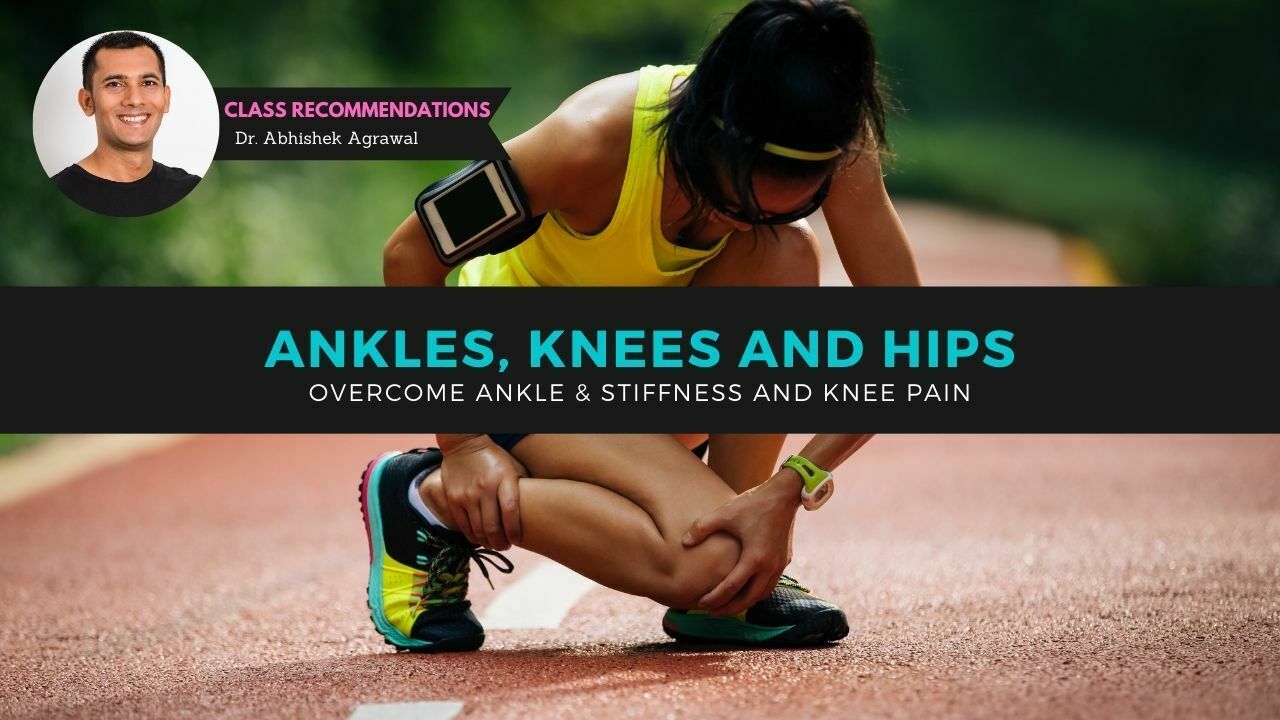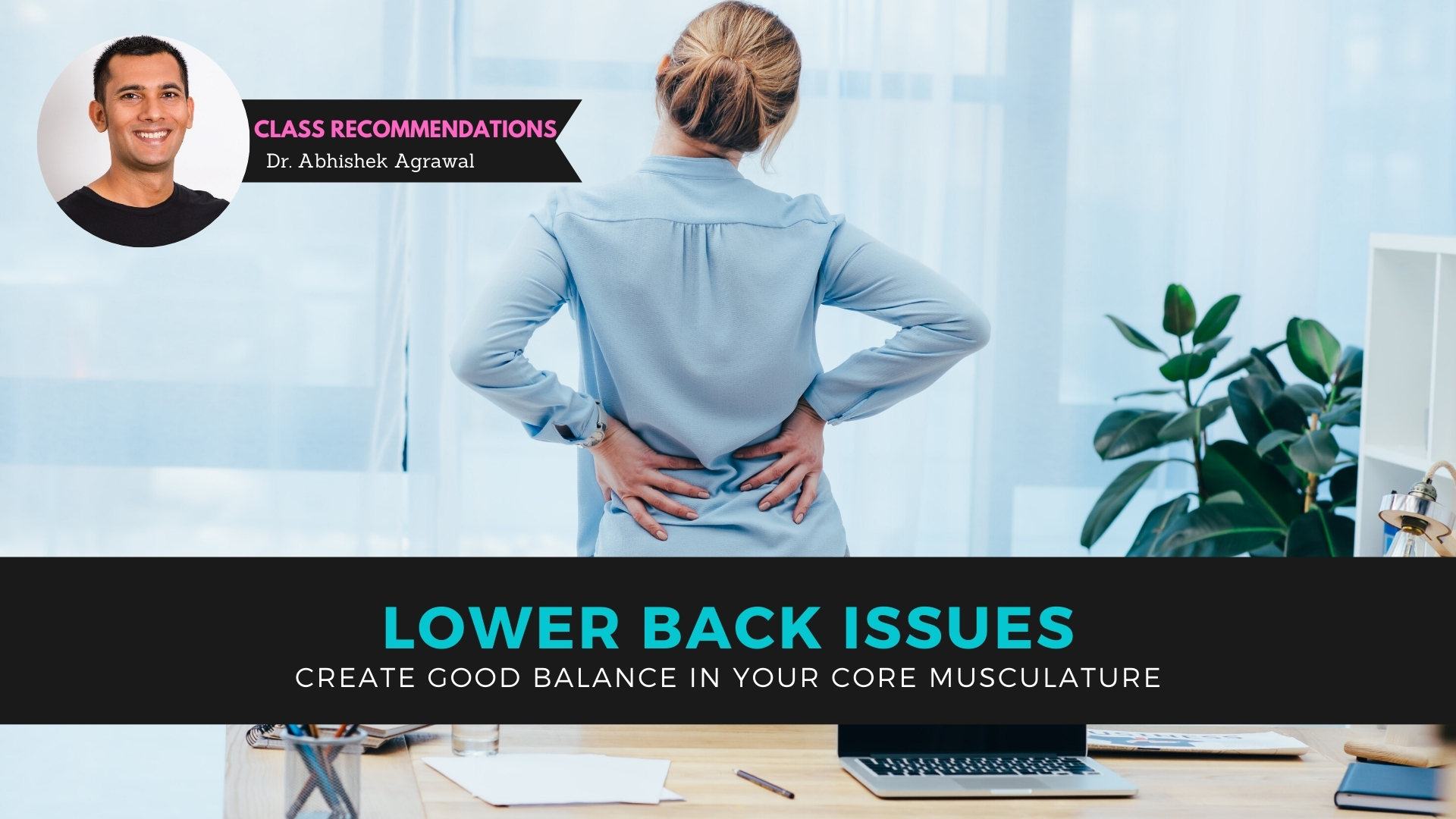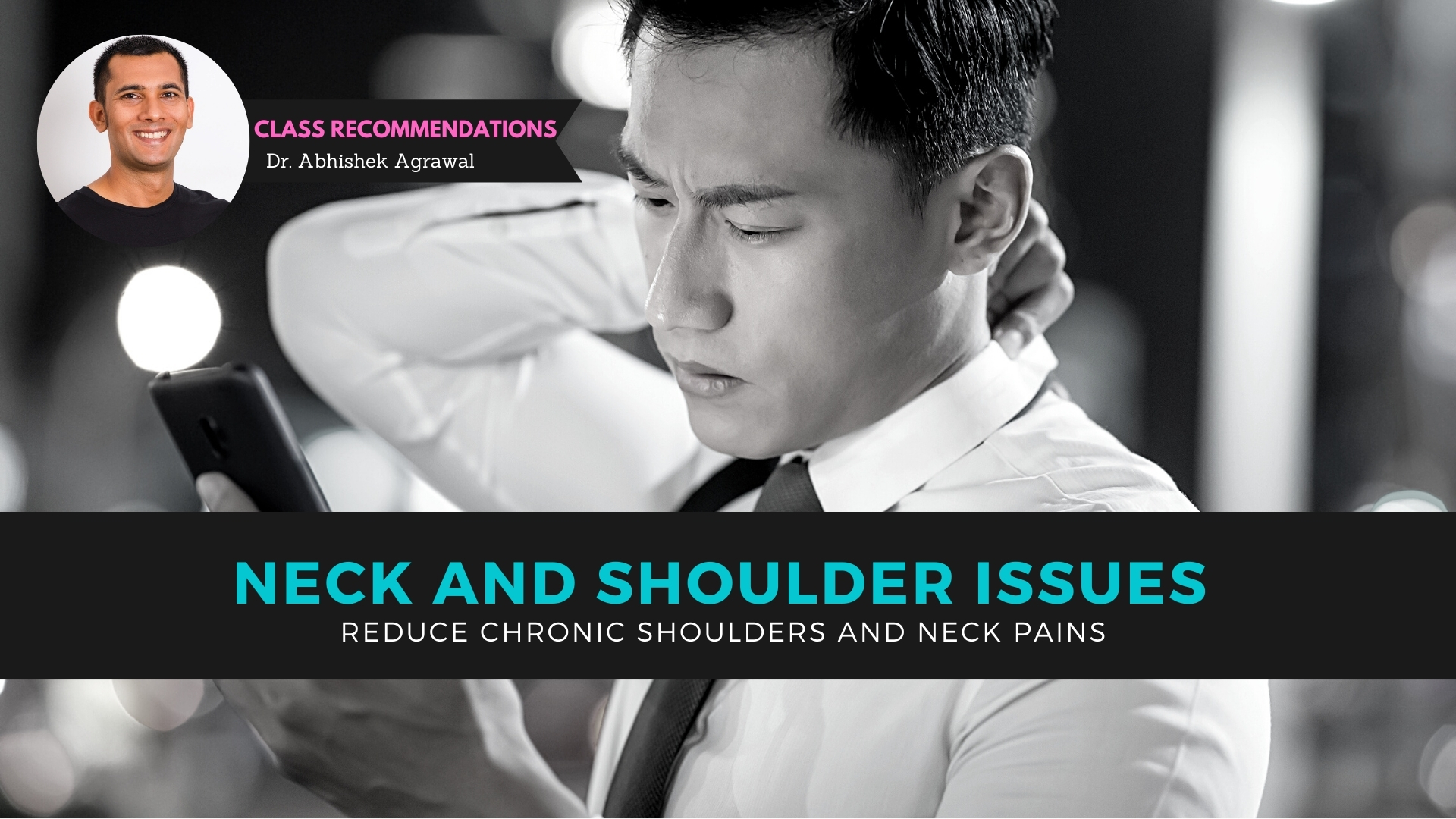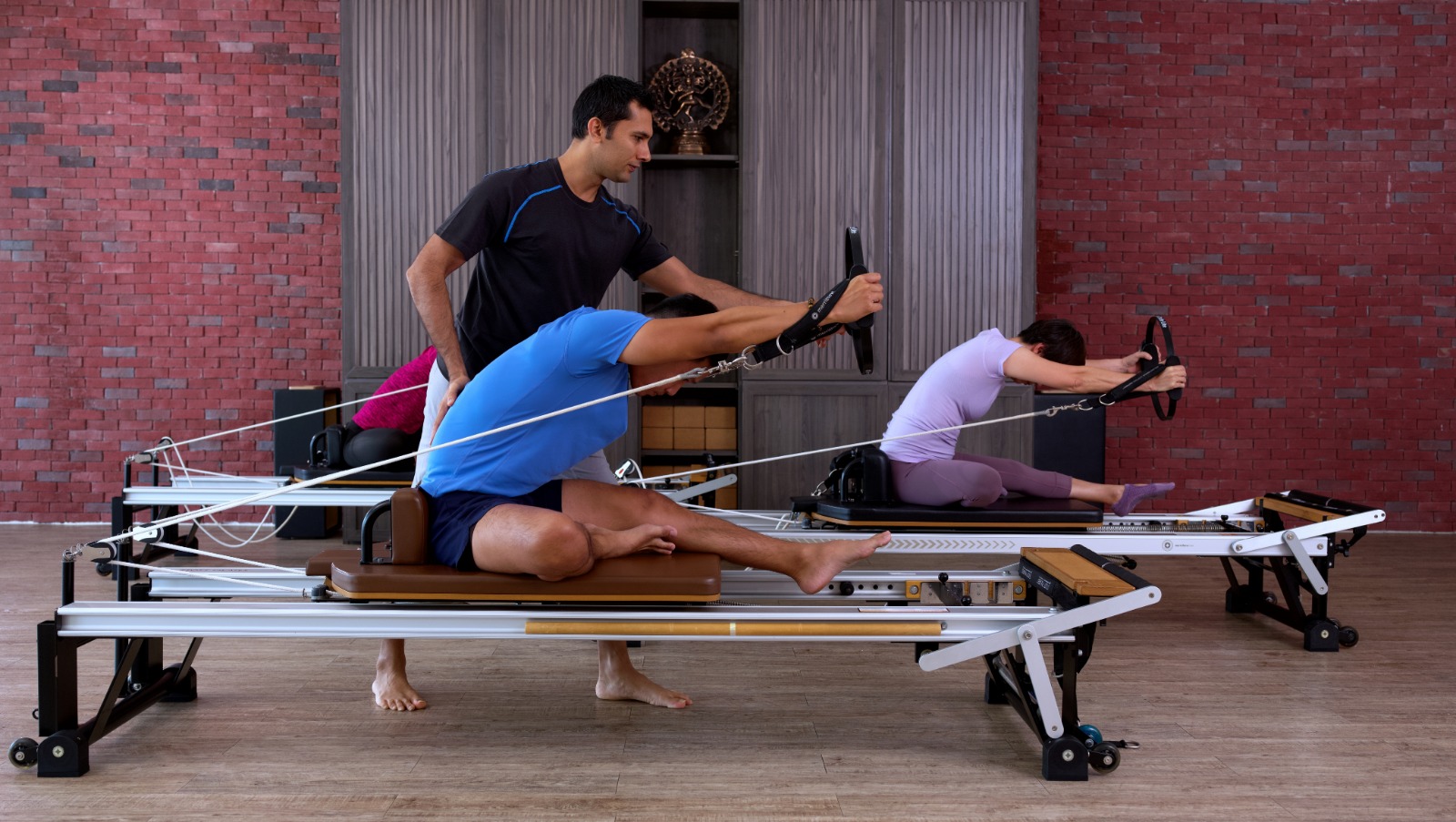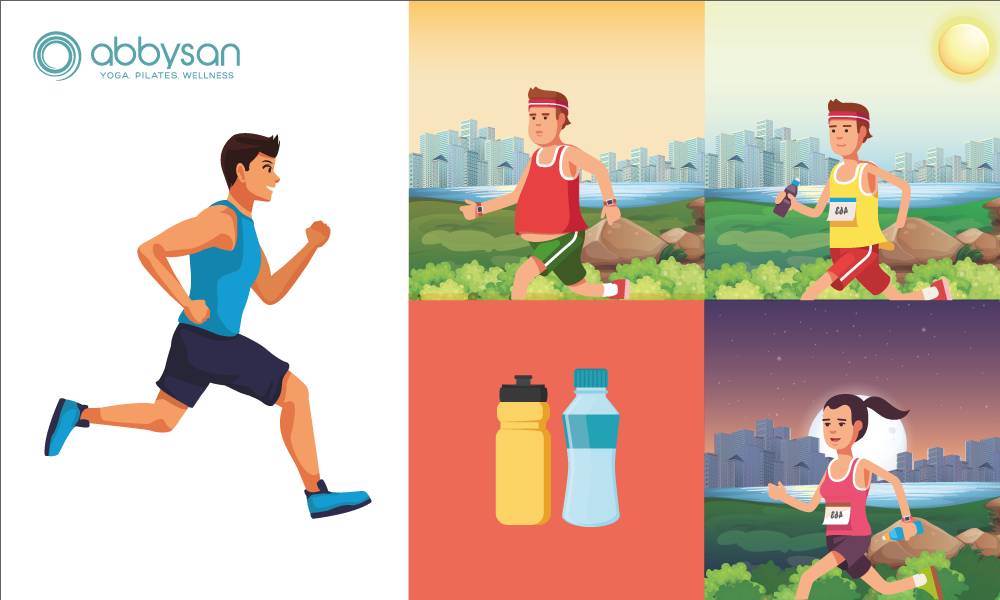The amount of strength that can be built depends on gender, age, and inherited physical attributes. While strong muscles are essential for any athletic endeavour, strong muscles can benefit everyone in some way.
Continue readingHip, Knee & Ankle Issues
Lower Back Issues
Neck & Shoulder Issues
8 Ways To Bust Training Plateaus
The moment when you are not progressing anymore in your workouts is called a plateau. There are many reasons why this may happen, but luckily there are also plenty of solutions to get over it.
Continue readingWhy Should You Go to Pilates?
3 Step Process To Build A Solid Foundation In Yoga
Why Cross Training Is Not The Ultimate Solutions For Sporty’s
Most people these days are working in offices, sitting all day long on a chair and putting their backs in strange positions and under a lot of pressure. Some of them then go to a gym, and because of a lack of knowledge and a personal trainer to supervise them, they perform various exercises with a bad form. This way they put even more pressure on their back and create even worse imbalances.
Then, they might get injured, and looking for solutions they decide to try a different sport, thinking that this will make the pain or the imbalance go away. They try a different activity that involves different muscles, leaving the injured muscles involved in the primary sport to rest and heal. They think like this: “Since I can’t do bodybuilding anymore, then I’ll do Cross Fit. Since I can’t run anymore, then maybe I can bike or skate or swim”.
Sure, it’s great to try new activities and always be active. But changing the sport is not the solution and will not heal the imbalances or the pain. Even though it may help to counter the effects of sport specificity (training at only one sport), it is not the complete answer to injury prevention, injury rehabilitation, and balanced training. And there are two main reasons for that:
First of all, stopping a certain sport or activity does not fix the imbalance that was created or been aggravated by that activity. Sure, you will feel a bit better. But when you will start that activity again, the same imbalance will cause the same injury over and over again. The tightness will still be there.
The muscles don’t get longer by themselves (unless you do specific stretches and protocols). If you ran track in your high school years and now you are forty and haven’t run a day ever since your muscles are as tight as they were on the day you stopped running.
Of course that you lost your fitness and strength, but unless you have done something about it, the muscles are exactly the same length as they were in high school. Some people go through their entire life with muscle imbalances and tightness, not even realizing they have a problem or not knowing what the problem is. And in case you had an injury because of that tightness, if you decide to start running again, the same injury will return like a ghost to haunt you.
To better understand this concept, let’s take this example: you go over a big pothole with your car, which knocks the front end out of alignment. You keep on going not realizing there is a problem, and then one of the tires gets thinner until it completely breaks.
You then get a flat tire and stop in order to replace it. But as you start to drive again with the car still not aligned, the new tire will begin to wear in the exact same place, eventually breaking up again.
Lots of people got injured, took a break, then resumed the activity and developed the same injury again. So what should you do in this case? You need to fix the muscle imbalances and structural irregularities first, before starting the activity again.
There are plenty of ways to do that, and we are here to help! And we not only work with athletes or sports enthusiasts, but we also work with moms and regular people with various conditions. For example, a mom might have carried their baby on one hip for two years, and now she started running and she has knee problems. She now needs to have another baby and carry him on the other hip, or she can get our treatment services that will heal the imbalance.
The second reason is that no sport perfectly balances and complements any other in strict biomechanical terms. Some sports do go well with one another, for example, cross-country skiing and distance running, while others don’t go so well (for example basketball and running).
Some sports have a good direct muscular crossover effect (for example rollerblading and cycling or climbing and kayaking), while others have little muscular crossover effect, like cycling and running. Besides this, most people hate to shift exercising priorities to the point of letting go of the level of achievement they worked so hard to reach.
Our center provides Yoga and Pilates Classes, as well as custom therapy designed to cure imbalances, realign, build power and flexibility. Contact Us today and tell us more about what is bothering you.

